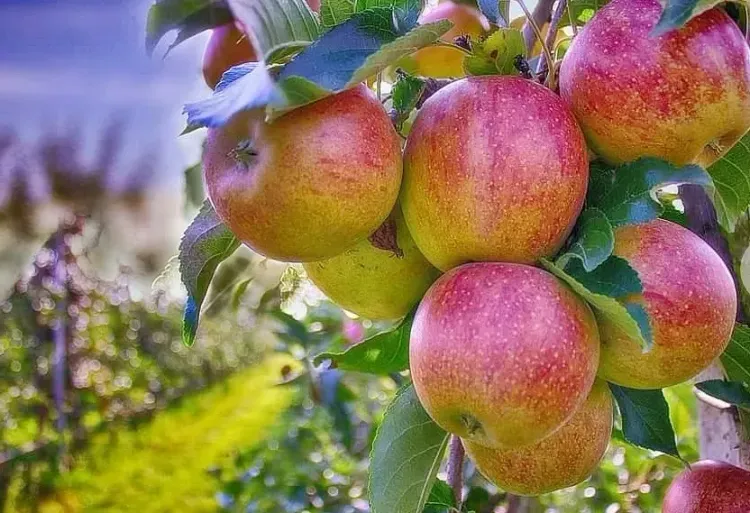How Will GST Reforms Boost Himachal's Heritage and Economy?

Synopsis
Key Takeaways
- GST 2.0 reduces tax rates across various sectors.
- Handloom and handicraft industries stand to gain significantly.
- Farmers will see reduced input costs, boosting profitability.
- Local artisans and producers will benefit from increased demand.
- The reforms will enhance the overall economic health of Himachal Pradesh.
New Delhi, Oct 1 (NationPress) The introduction of GST 2.0 is set to positively impact Himachal Pradesh across a multitude of sectors. Whether it's a weaver in Kullu, an apple farmer in Shimla district, a tea grower in Kangra Valley, or a factory worker in Baddi, all these individuals are poised to benefit from increased demand for their products and reduced input costs thanks to the tax rate reductions, as stated in an official announcement on Wednesday.
Himachal's renowned handloom creations, particularly its shawls and woolen textiles, are likely to experience a surge as the GST on these items has been decreased from 12 percent to 5 percent. In the Kullu valley, more than 3,000 weavers who are part of self-help groups produce the vibrantly patterned, GI-tagged Kullu shawls. These artisans are part of a broader community of 10,000-12,000 handloom artisans across the state, including shawl makers from Kinnaur district.
The Chamba rumal, a GI-tagged, intricately hand-embroidered cloth made primarily by women artisans in the Chamba district, will benefit from the GST reduction to 5 percent, leading to greater demand for these handkerchiefs.
Additionally, traditional leather slippers from Chamba, another GI-tagged product, are produced by numerous small cottage craft units. The lowered GST rate will enhance their price competitiveness against machine-made footwear, thus boosting sales of local chappals and improving artisans' profit margins.
From intricately carved wooden doors and panels to furniture, wooden products are crafted in regions like Chamba, Kinnaur, and Kullu. This sector employs thousands of rural artisans in Himachal. The new GST structure categorizes wooden articles at 5 percent, which is expected to stimulate demand for locally crafted wooden furniture and souvenirs, making these items more affordable while supporting local artisans.
Some parts of Himachal are also known for producing bamboo products like baskets and other eco-friendly crafts, employing hundreds of artisans, many from marginalized communities. These products, previously taxed at 12 percent, now enjoy a reduced rate of 5 percent.
The GST reforms have also significantly benefited the agriculture sector in Himachal's economy.
Kangra, often referred to as the Tea Capital of North India, is home to lush tea gardens in Palampur and surrounding areas. Nearly 5,900 small tea gardens cultivate tea in the region, employing thousands of workers. This celebrated tea, which carries a GI tag, is now exempt from GST, with loose tea attracting zero percent GST. The new GST rates effectively make loose tea leaves cheaper for consumers.
Kala zeera (black cumin seed), an aromatic spice cultivated in the high-altitude districts of Himachal Pradesh, is grown by several hundred farmers and collectors in the area. The reduction in GST from 12 percent to 5 percent is likely to decrease prices, resulting in increased demand. Farmers can anticipate more orders for their crops, potentially leading to expanded cultivation.
Apples represent approximately 80 percent of Himachal's horticultural yield. Cultivated across Shimla and other apple-growing regions, this industry significantly impacts thousands of apple growers who rely on cartons, trays, and other packaging materials for transporting their produce to markets nationwide. The reduction of GST to 5 percent on these materials is expected to lower input costs, resulting in more affordable boxes, which directly benefits growers and local packaging suppliers.
The GST reforms have also decreased rates for agricultural inputs such as fertilizers to 5 percent, promoting farm mechanization and improving overall farming efficiency and output.
Himachal's food processing sector in Baddi, Barotiwala, and Nalagarh will gain from reduced GST rates of 5 percent on various processed foods. This is particularly significant for the industrial sector, as these processing units employ nearly 10,000 individuals in the region. Lower taxes on food products are likely to reduce retail prices, which in turn would boost demand and sales volume.
Moreover, the medical industry in Solan district provides direct and indirect employment to around 10,000 people. With many medical devices and apparatus now taxed at 5 percent, this will greatly benefit the sector.









